Free Will by Renzo Grosso
- Product Code: C#19442
- Reward Points: 10
- Availability: In Stock
- $5.99
-
$2.99
- Price in reward points: 299
Leonardo Pisano known as Fibonacci (Pisa, ~ September 1170 - Pisa, ~1242) was an Italian mathematician, and is known above all for the sequence of numbers identified by him and known, in fact, as the "Fibonacci sequence" - 1, 1, 2, 3, 5, 8, 13, 21, 34, 55, 89 ... - in each term, apart from the first two, is the sum of the two preceding it.
A peculiarity of the Fibonacci sequence is that the ratio between the successive pairs of terms tends very rapidly to the number 1.61803 ..., known as the golden ratio or golden section. The applications are innumerable: in chemistry, botany, the human body, geometry and nature, economics, computer science, systemic games, art, and music. It is said that Mozart, Debussy, Béla Bartók, Strawinsky, and Stockhausen have used the golden ratio and Fibonacci's sequence. It is also used in modern music, especially in so-called progressive rock (Genesis where Firth of Fifth is all based on golden numbers, Deep Purple in the song Child in Time and Dream Theater in the Octavarium album).
From the suggestion of the Fibonacci series, Peter Wilker has traced an interesting effect that fully exploits the mathematical properties of the Fibonacci sequence.
The version presented here enriches the effect, thanks to an original script, adding an interesting variation that offers the mentalist the possibility of predicting already at the beginning, after only 2 numbers what the final result will be, making the effect stronger.
The effect can be conducted in person or by telephone, without the need for a video connection; in this case, the method is easier because no one can see that the mentalist performs calculations; for in-person performances, the solution proposed by Wilker is simple and effective (you have to multiply a number by 11) you can also use notes and a pen (if you are afraid of not being able to do the calculation in mind). If you do that you will have to justify their use (for example following another effect where it is necessary to use pen and paper); you could also use an assistant, which performs the calculation and provides the result to the performer.
1st edition 2021, PDF 6 pages.
word count: 1743 which is equivalent to 6 standard pages of text
Reviews (0)
Related Products
Square Thrills by Unknown Mentalist
Many enigmatic secrets. Hidden deep inside the 'Circle of Fate' for many centuries. Now rediscovered..
$2.99 $6.99
Sensory Brain Knewmerology by Unknown Mentalist
The great response to Brain Knewmerology and Advanced Brain Knewmerology is the ..
$1.99 $4.99
Mind Matricks by Unknown Mentalist
A highly visual routine. Based on the theme of Hollywood stars. Very entertaining and fun routine. C..
$2.99 $6.99
Bill S Kill by Unknown Mentalist
The performer hands out a bunch of dollar bills to the participant. On each dollar bill is written a..
$2.99 $6.99
Aced! the Twists by John Gelasi
John Gelasi presents a baffling new “B’wave” effect.Aced! allows the spectator to truly name an..
$1.99 $3.99
Recommend
The Corporate Mentalist by Scott Creasey
For the first time outside of his lectures, Scott reveals one of his pet effects,Tarot in your Pocke..
$1.99 $6.78
Number 5 by Scott Creasey
Number 5is the culmination of many years spent searching for a simple to remember, impromptu routine..
$1.99 $6.78
My Q And A by Scott Creasey
A full 30 minute act that you can carry in your pocket and perform in almost any standup situation,M..
$6.99 $12.98
Mental Magic Ism by Scott Creasey
Scott has a working repertoire of approximately fifty routines which he mixes and matches as the occ..
$3.99 $8.48
Lost Luggage And The Close Up Cabaret by Scott Creasey
What do you do when the luggage containing your props goes to Murcia as you arrive for an important ..
$2.99 $7.68
Escape by Scott Creasey
Known for his work in the field of mentalism, it may come as a surprise (unless you attended his fir..
$2.99 $8.48
Bip Book 2.0 by Scott Creasey
EffectBIP 2.0 - Upgraded for use anywhere in the world and with a new killer finale.Imagine handing ..
$5.99 $13.48
Day One by Scott Cram
The classic "Day For Any Date " feat has been updated!Day Oneis a new approach to appearing as a hum..
$2.99 $6.78
Scott Alexander Penguin Live Online Lecture 3
” Wow… I’ve never seen magic like that before.” -Michael Jackson “The magic of yo..
$1.69 $4.68
Scott Alexander Penguin Live Online Lecture 2
Site lectures Penguin Live Online Lecture - Scott Alexander 2 Second Annual Spectacular Holiday A..
$2.99 $5.99
Scott Alexander Penguin Live Online Lecture
Site lectures Penguin Live Online Lecture - Scott Alexander One of the busiest professionals in ..
$2.99 $5.99
Velocity by Scott Alexander
Scott Alexander - Velocity The audience Magic shot paintball war games , magician mouth can catc..
$1.99 $4.99
Unicorny by Scott Alexander
Scott did a killer lecture at the Magic Castle in Hollywood recently to rave reviews. He is now rele..
$5.99 $12.48
The Final Cut by Scott Alexander
no gimmick !! The Final Cut by Scott Alexander and Bob Kohler No Reserve item will go the the ..
$2.99 $5.12
The Final Answer (1-2) by Scott Alexander
Scott Alexander - The Final Answer (1-2) Without question, Scott Alexander has created the finest ..
$2.99 $5.48
Standing Up On Stage by Scott Alexander
These are the notes from Scott's Stand Up Guy lecture. In these 25 pages he covers how to construct ..
$1.69 $12.98

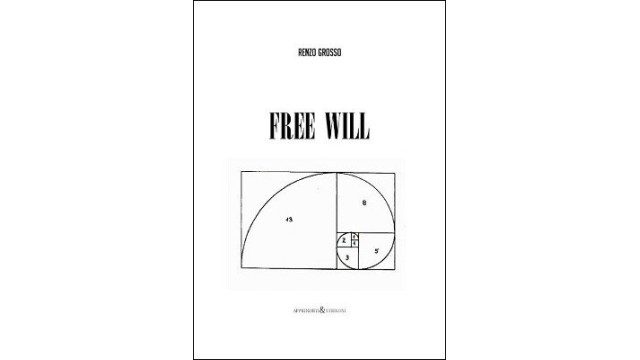





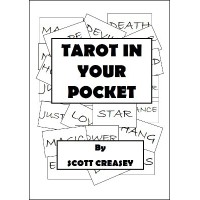
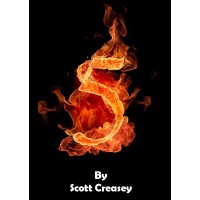
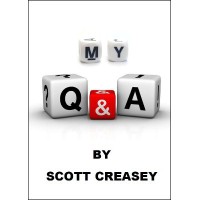
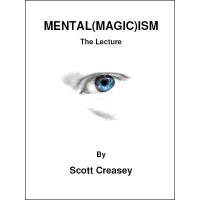

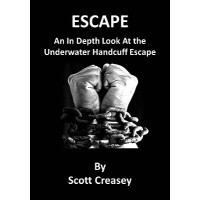
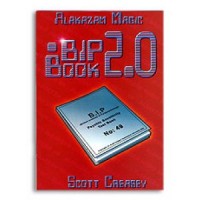
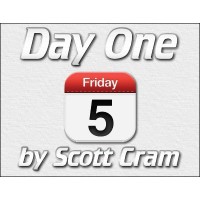




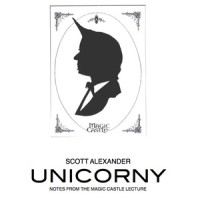
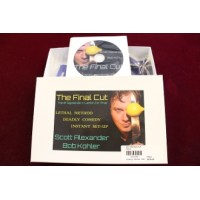
-by-Scott-Alexander-200x200.jpg)
